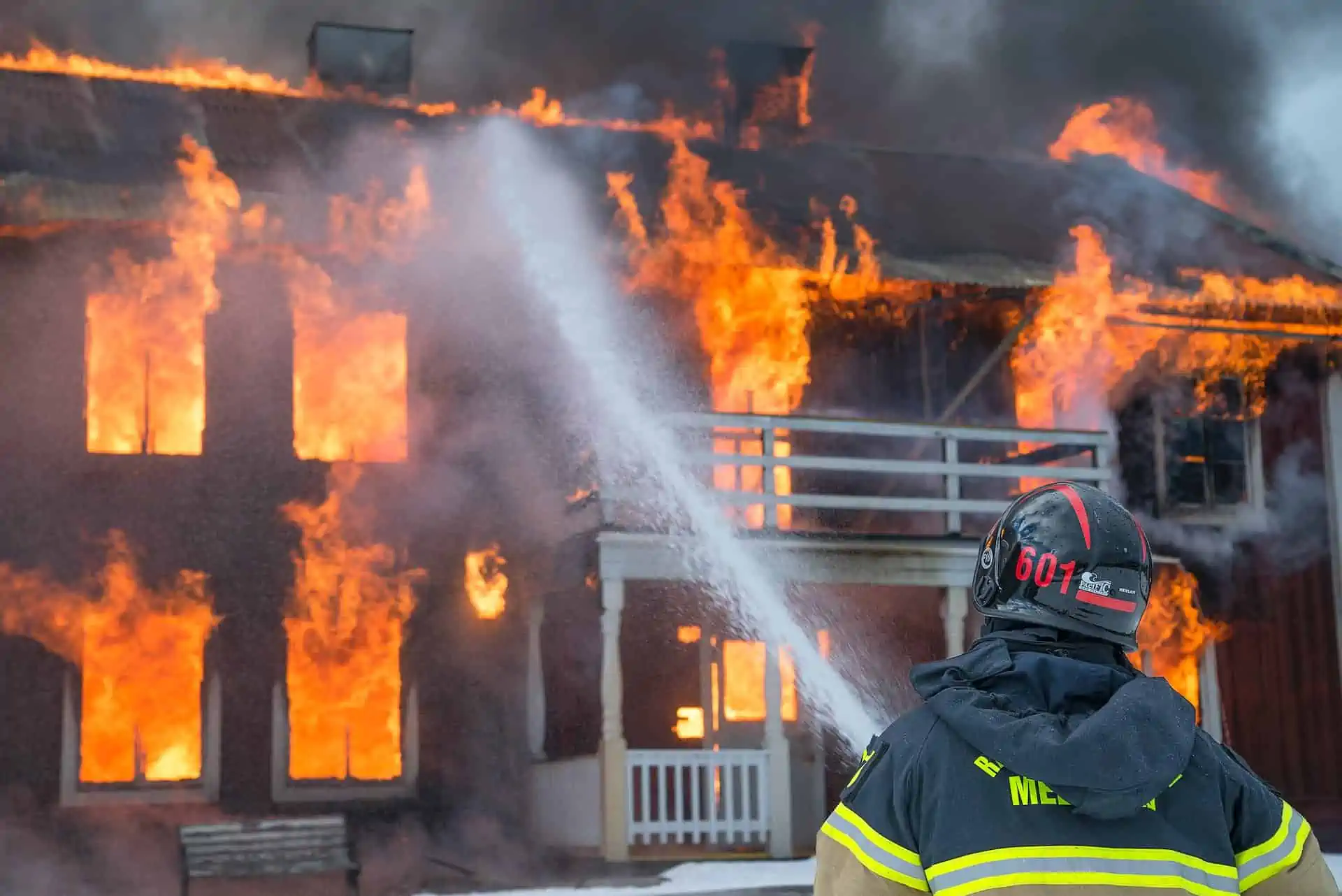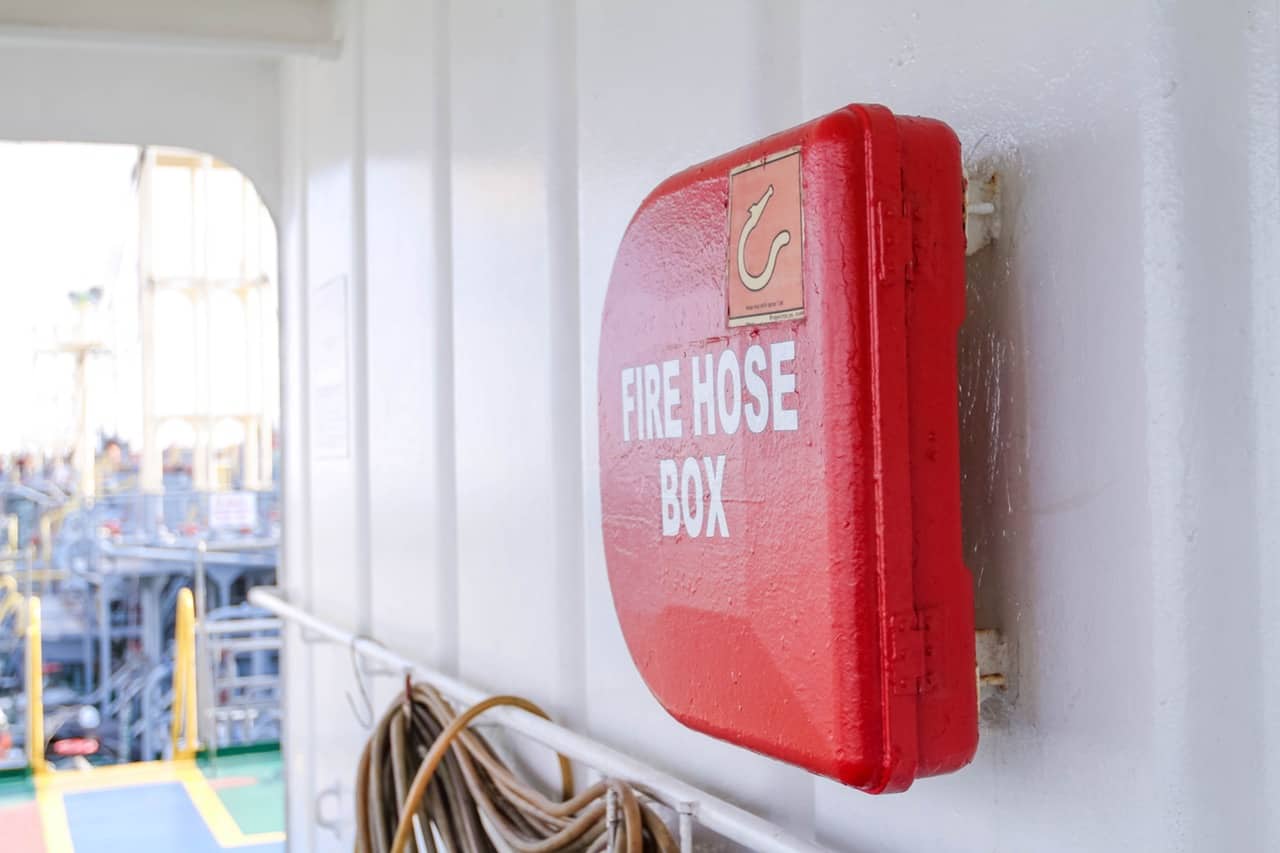When it comes to the safety of your workplace, there is no room for complacency. A fire emergency can strike quickly and without warning, leaving chaos and destruction if not managed promptly. As a business owner or manager, you understand the importance of creating a safe work environment for your employees as well as securing valuable equipment and resources on site—a plan that reaches far beyond simply having an evacuation route mapped out in case of an emergency. That’s why it’s important to know how to respond during any potential fire emergency and be prepared with practical strategies that could save lives: Stop, Drop, And Roll. In this blog post, we will discuss how utilizing drop-and-roll tactics can help protect employees from serious burns sustained during fires while also discussing other ways you can prepare your team for an unexpected blaze in the office.
Creating an Emergency Plan
In order to prepare for potential emergencies, it is crucial to have an effective emergency plan in place. The first step is to assess the potential risks within your location and create a list of possible emergencies, such as natural disasters or power outages. Next, establish a communication plan in case of an emergency, ensuring everyone involved knows how to contact one another. It is important to designate roles and responsibilities to specific individuals, ensuring everyone knows what is required of them during an emergency situation. Practice drills can help ensure all are familiar with the emergency plan. Lastly, make sure the emergency plan is reviewed and updated regularly to ensure it remains relevant and effective.
Understanding Fire Safety
Understanding fire safety is crucial in protecting yourself and those around you during a fire emergency. There are several types of fire safety to consider, including prevention, detection, and suppression. Preventative measures involve minimizing the risks of fires occurring in the first place. This can include proper storage of flammable materials.
Detection involves establishing systems that allow for the detection of fires quickly, such as smoke alarms and fire sprinklers. Suppression involves controlling a fire after it has already started. This can involve fire extinguisher training and familiarizing yourself with the Stop, Drop, And Roll technique. Knowing how to handle potential fires can go a long way in ensuring the safety of everyone involved.
Practicing Stop, Drop, and Roll
Stop, drop, and roll is a crucial method to remember in case of a fire emergency. It involves stopping where you are, dropping to the ground, and rolling back and forth to extinguish flames on your clothes. This technique can save your life by preventing flames from spreading and minimizing burns. It’s critical to practice this method regularly so that it becomes second nature and can be used quickly if needed. Always remember that it’s essential to stay low to the ground when trying to escape a fire, and stop, drop, and roll should be the first response if your clothes catch fire. With this technique, you can protect yourself from severe burns and potential fatalities.
Identifying Fire Hazards Around Your Office

As an employer, you need to be aware of any potential fire hazards in your office. This can include anything from faulty wiring to flammable liquids and materials. It is important to inspect the premises regularly for any signs of damage or wear and tear that could lead to a fire hazard. Any issues identified should be addressed immediately and documented thoroughly. Make sure that all employees understand the fire safety protocols and are aware of potential hazards.
Educating Yourself and Employees on Fire Safety
Educating yourself and your family members on fire safety should be a top priority for everyone. Fires can be devastating and cause significant damage not only to property but also to human life. With the proper knowledge and training, lives can be saved, and property damage can be minimized. It is essential to understand the dangers associated with various fire hazards and to have a fire safety plan in place. This plan should include how to prevent fires, what to do in case of an emergency, and how to escape safely. Early detection is key to fire safety, so it is crucial to have smoke detectors installed in your home and to test them regularly. Taking the time to educate yourself and your family on fire safety can truly make a difference in case of an emergency.
Moreover, you need to make sure that your business or home is compliant with relevant fire safety regulations. This can involve having the correct signage and installing sprinkler systems or fire extinguishers. It’s also important to conduct fire drills regularly, so everyone knows how to respond in case of an emergency- this can help reduce panic and confusion in the event of a real fire.
Preparing an Emergency Kit
No one expects a fire emergency to happen, but it’s important to be well-prepared in case it does. One of the best ways to do so is by putting together an emergency kit. In the event of a fire, every second counts, so your kit should be easy to find and grab. Some of the essential items to include in your kit are a flashlight with extra batteries, a first aid kit, a whistle to signal for help, a dust mask to filter out smoke, and bottled water.
Having photocopies of crucial documents, like insurance policies, identification, and birth certificates, is crucial. It’s also essential to have an emergency kit prepared, which will give you comfort and keep you secure if a fire happens unexpectedly.
Preparing for a fire can be a daunting task, but it’s important to make sure that you and your family are properly equipped for such an emergency. From creating an emergency plan to ensuring that everyone knows the basics of fire safety, taking the necessary steps to prepare for potential fire emergencies is essential. Stop, drop, and roll is an effective techniques to remember during a fire, as well as understanding and reducing the common fire hazards in and around the home. An emergency kit with the necessary items should also be put together in case of a fire. By following these steps, you can be confident that you are prepared and ready in case of a fire; it is an investment worth making for the safety of yourself and your loved ones.

